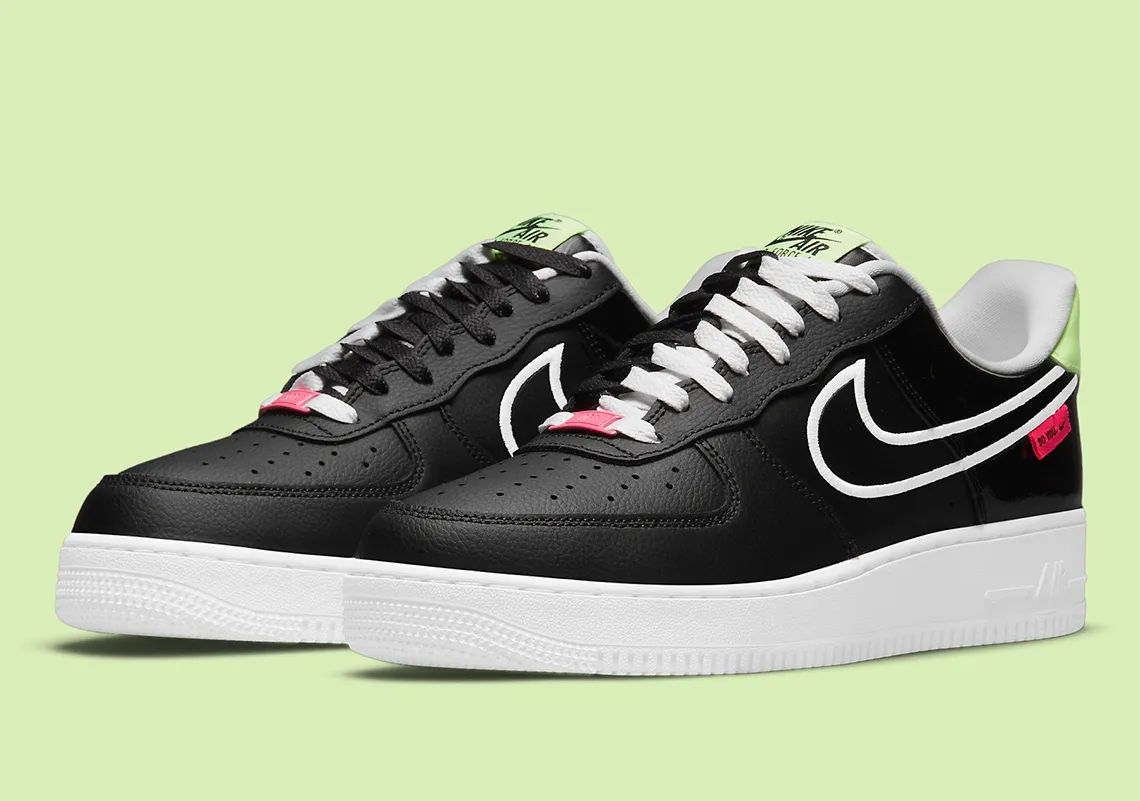Nike's (NYSE:NKE) performance through the pandemic solidified the company as the indisputable world leader in athletic footwear and apparel. Execution of strategies like differentiated retail, massive digital growth, and overseas expansion all position Nike for continued bottom-line growth and an even wider brand-based economic moat.
However, the last two months have revealed weak spots in Nike's plans. Supply chain interruptions reflected in its third-quarter fiscal year 2021 earnings report and potential boycotts in China have left investors less confident about the stock. Here's why these hiccups shouldn't stop Nike's long-term growth.

Image source: Getty Images.
The Triple Double strategy
In 2017, Nike initiated the Triple Double strategy: a plan to double innovation, speed, and direct customer connections. Nike has been executing this plan by pushing digital sales and pursuing a "differentiated retail" strategy, in which the company significantly reduces the number of retailers who are allowed to carry Nike products -- with non-differentiated retailers like Amazon, DSW, and Urban Outfitters getting the axe. This reduction means that Nike products are sold on more high-end shelves for consistently higher prices, leading to higher margins and a more controlled upscale brand image.
Differentiated retail also pushes more customers to Nike's digital platforms to order products directly from the company when they can no longer find their favorite shoes at their local sports retailer. Early in the pandemic, Nike made digital workouts in its fitness apps (Nike Training Club and Nike Run Club) completely free, allowing the company to gather valuable user data and engage directly with consumers in an online setting. This strategy was necessary groundwork in Nike's long-term plan to take the company's digital sales channel from 35% of total sales to 50% of total sales.
The company reported 84% digital sales growth globally in its second fiscal quarter and 59% growth in its most recent third fiscal quarter -- totaling four straight quarters of double-digit online growth. The company also saw a 60% increase in monthly engaged users across its apps in Q3, with buying members (i.e., members who use Nike apps to make Nike purchases) increasing 80% over the prior year.
Dominating the fast-growing Chinese market
Nike is the market leader in athletic footwear in China, thanks in part to the NBA's massive popularity in the country. From fiscal years 2015 to 2019, Nike experienced double-digit annual sales growth in China. Despite pandemic-related sales growth slumps in all its international markets, Nike has since recovered to a double-digit growth trend in China and now controls about a quarter of the country's sportswear market.
Nike had its first-ever $2 billion quarter in China in the second quarter of its 2021 fiscal year. More recently, its third-quarter report revealed another quarter above $2 billion, with 51% revenue growth over the prior-year period.
What could go wrong
While Nike's most recent earnings report beat analyst expectations on earnings per share, its worldwide 3% revenue growth was lower than expected. Growth in the online and Chinese markets could not totally offset the impact of non-controllable domestic supply chain challenges. Container shortages and U.S. port congestion led to a 10% decline in North America revenue compared to the prior-year period.
More recently, Nike has received criticisms from the Chinese government and on Chinese social media for expressing concerns about cotton from the Chinese region of Xinjiang being produced using forced labor. Nike confirmed almost a year ago that it does not source any materials from Xinjiang, but the political weight of that statement is just now catching up to it in the form of potential boycotts from the Chinese Communist Party, Chinese influencers, and Chinese retailers. The impact has the potential to slow its growth trend in the country.
Swoosh, there it is
Overall, Nike stock is about 11% cheaper now than it was when it reported third-quarter earnings in March. Considering its sales were tainted by uncontrollable events, the only major risk to Nike's execution of its growth plans is Chinese boycotts.
Nike's current troubles in China are likely short-term, and major investment banks like UBS agree. I would argue that it's the perfect time to consider adding Nike to a balanced portfolio. Looking forward, keep an eye out for continued double-digit sales growth in China and any big news about Chinese regulatory changes for U.S.-based retailers. If the company's double-digit growth continues into its next earnings report, take it as a strong indicator that Chinese boycotts can't stop Nike's growth trend.
This article represents the opinion of the writer, who may disagree with the “official” recommendation position of a Motley Fool premium advisory service. We’re motley! Questioning an investing thesis -- even one of our own -- helps us all think critically about investing and make decisions that help us become smarter, happier, and richer.
The Link LonkApril 28, 2021 at 06:22PM
https://ift.tt/3vtLdR8
Why Nike Still Has Room to Grow - Motley Fool
https://ift.tt/3g93dIW
Nike

No comments:
Post a Comment